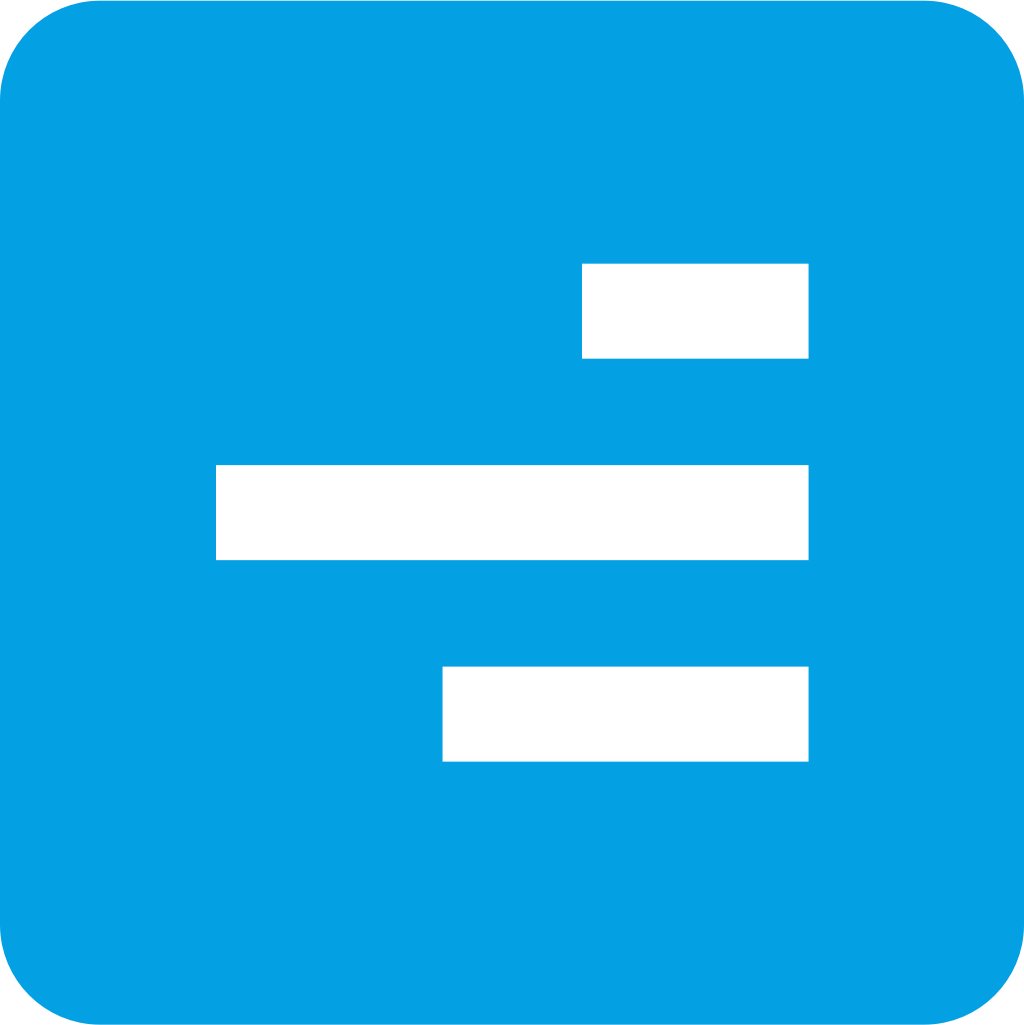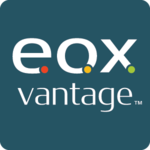Description

Zarafa

XaitPorter
Comprehensive Overview: Zarafa vs XaitPorter
Zarafa and XaitPorter are distinct products with different functions and target markets, so let's examine each separately.
Zarafa:
a) Primary Functions and Target Markets:
-
Primary Functions: Zarafa was an open-source groupware application primarily used for email and calendar management. Its primary functions included email, calendaring, task management, and contact management, resembling features found in Microsoft Exchange Server.
-
Target Markets: Zarafa targeted small to medium-sized enterprises (SMEs) that were looking for an open-source alternative to Microsoft Exchange, particularly those using the Linux operating system.
b) Market Share and User Base:
- Zarafa had a niche market share, given its open-source nature and focus on Linux environments. It appealed to organizations interested in reducing software costs and those preferring open-source solutions. While it had a dedicated user base, it was not a dominant player in the broader groupware market, which includes giants like Microsoft and Google.
c) Key Differentiating Factors:
- Open-source Platform: Zarafa was open-source, making it customizable and attractive to organizations wanting to tailor their communication infrastructure.
- Linux Compatibility: It was particularly well-suited for Linux environments, offering a compelling alternative for organizations using Linux servers.
- Exchange-like Experience: It offered a user experience similar to Microsoft Exchange, which facilitated migration for users familiar with Exchange.
XaitPorter:
a) Primary Functions and Target Markets:
-
Primary Functions: XaitPorter is a cloud-based collaborative writing and document automation solution. It enables multiple contributors to work on the same document simultaneously, offering features like content management, document templates, workflow automation, and real-time co-authoring.
-
Target Markets: XaitPorter targets industries that require complex document collaboration, such as oil and gas, life sciences, and financial services. It is ideal for companies needing to collaboratively produce documents like bids, proposals, contracts, and reports.
b) Market Share and User Base:
- XaitPorter holds a niche but strong position in specific industries requiring collaborative document creation. Its user base consists of organizations needing structured co-authoring environments. While not a mass-market product, it is well-regarded within its target sectors due to its tailored functionalities.
c) Key Differentiating Factors:
- Real-time Collaboration: Unlike traditional document tools, XaitPorter offers real-time multi-user editing and collaboration, enhancing productivity and reducing the time needed to produce complex documents.
- Automated Document Management: It features automation for tasks like formatting and layout, allowing users to focus on content rather than document design.
- Industry Focus: The tool is specifically designed for and marketed to industries with complex, document-heavy requirements, distinguishing it from more generalized document editing tools.
Conclusion:
Zarafa and XaitPorter serve different purposes and markets. Zarafa was about providing an open-source alternative for email and scheduling, primarily for Linux users, while XaitPorter focuses on collaborative document creation in specialized industries. Zarafa's appeal lay in its open-source model and Exchange-like functions, whereas XaitPorter stands out for its real-time collaboration and document automation suited for complex industries. Their market share and user base reflect their distinct focuses, with Zarafa being more generalist within open-source communities and XaitPorter being specialized within its dedicated sectors.
Contact Info

Year founded :
Not Available
Not Available
Not Available
Netherlands
Not Available

Year founded :
2000
Not Available
Not Available
Norway
http://www.linkedin.com/company/xaitporter
Feature Similarity Breakdown: Zarafa, XaitPorter
When examining tools like Zarafa (now succeeded by Kopano) and XaitPorter, it’s important to recognize that these two serve somewhat different core purposes. Zarafa/Kopano is primarily an email and collaboration platform, whereas XaitPorter focuses on document collaboration and production. However, we can still provide a comparative analysis of their features.
a) Core Features in Common
1. Collaboration Tools:
- Zarafa/Kopano: Offers email, calendar sharing, contact management, and real-time collaboration features for team communication and productivity.
- XaitPorter: Primarily provides collaborative document authoring, where multiple authors can collaborate on a single document concurrently.
2. Access Control and Permissions:
- Both platforms offer access control to ensure that users can manage who has access to particular resources, whether it's documents or emails/calendar data.
3. Cloud and Web-Based Access:
- Both platforms provide accessibility through web interfaces, making it easier for remote and distributed teams to collaborate.
b) User Interface Comparison
Zarafa/Kopano:
- Design: Typically features a more traditional email and groupware interface resembling popular email clients like Microsoft Outlook. Users will find dashboards for emails, calendars, contacts, and tasks.
- Navigation: Focuses on simplicity, with menus and navigation bars to switch between different functionalities (email, calendar, etc.).
- User Experience: Designed to optimize email and calendar management, with features tailored for users who need strong email-client functionalities.
XaitPorter:
- Design: The interface is specifically structured to manage and collaborate on document-centric projects. It emphasizes workflow management and structured document creation.
- Navigation: Intuitive for document creation with clear sections for authoring, reviewing, and approving documents.
- User Experience: Tailored towards users working heavily with document creation and collaboration, providing a streamlined workflow from draft to final approval.
c) Unique Features
Zarafa/Kopano Unique Features:
- Integrated Email Server Capabilities: It can serve as a full-fledged groupware server with email, similar to Exchange.
- Email-centric Features: Includes advanced email functionalities and integrations with common email protocols.
XaitPorter Unique Features:
- Structured Writing: Allows for the creation of complex documents through structured writing, supporting automatic formatting and styling.
- Collaborative Writing Features: Provides advanced collaboration features specifically for document production, such as workflow management and audit tracking.
- Document Co-authoring: Multiple authors can work on the same document simultaneously without overwriting each other’s contributions.
In conclusion, while both platforms offer collaborative tools and permissions management, their core purposes and user experiences differ significantly. Zarafa/Kopano excels in email and scheduling, while XaitPorter is specialized for document creation and management. Their interfaces and unique features are tailored to these purposes, which might influence choice depending on the primary needs of the organization.
Features

Not Available

Not Available
Best Fit Use Cases: Zarafa, XaitPorter
Zarafa
Zarafa, an open-source groupware application, was designed to provide businesses with a collaborative platform resembling Microsoft Exchange. It primarily integrates with Outlook and provides web and mobile access to emails, calendars, contacts, and tasks. Its functions are further expanded by plug-ins and community contributions.
a) Best Fit Use Cases for Zarafa
-
Small to Medium-Sized Businesses (SMBs):
- Cost-Effective Solution: Businesses looking to reduce costs associated with Microsoft Exchange while still maintaining compatibility with Microsoft Outlook may find Zarafa appealing.
- Customization and Flexibility: Firms needing custom adaptations or having specific integration requirements can leverage its open-source nature.
-
Organizations with Open Source Preference:
- Open-Source Advocates: Companies prioritizing open-source software for security, flexibility, or philosophical reasons.
-
IT-Literate Teams:
- Technical Expertise: Businesses with competent IT teams capable of managing and maintaining open-source platforms without external support.
XaitPorter
XaitPorter is a cloud-based collaborative writing and document management tool that facilitates the co-authoring of complex documents, such as reports, proposals, and tenders. It aims to streamline the writing process by emphasizing real-time, multi-author capabilities with a focus on compliance and standardization.
b) Preferred Use Cases for XaitPorter
-
Large Enterprises and Multinational Corporations:
- Collaboration Across Teams: Ideal for organizations with multiple teams needing simultaneous access and collaboration.
- Document Complexity: Suited for businesses needing to produce complex and lengthy documents, ensuring compliance and standardization.
-
Industries with Rigorous Compliance Needs:
- Oil & Gas, Engineering, Pharmaceuticals: Industries where documentation requires strict adherence to regulations and standards.
- Resource Management: Offers tools for managing resources and processes, critical in sectors with extensive compliance requirements.
-
Project-Based Organizations:
- Proposal and Tender Management: Organizations frequently engaged in drafting proposals or tenders, where collaborative input and rapid iteration are necessary.
c) Catering to Different Industry Verticals or Company Sizes
-
Zarafa: This platform suits smaller companies or businesses operating within limited budgets that require basic groupware functionalities and favor open-source solutions for cost efficiency or customization flexibility. Its applicability is broader across smaller IT teams comfortable managing such software.
-
XaitPorter: It shines in larger enterprises or industries that engage heavily in collaborative documentation requiring high compliance levels. The software is particularly valuable in industries like energy, construction, pharmaceuticals, and any sectors where high-stakes writing aligns with business operations. The scalability of XaitPorter makes it an excellent choice for larger teams needing streamlined document management and editing processes.
In conclusion, Zarafa is preferable for smaller, more tech-savvy companies looking for cost-effective groupware, while XaitPorter serves larger corporations with stringent documentation needs, emphasizing collaboration and compliance.
Pricing

Pricing Not Available

Pricing Not Available
Metrics History
Metrics History
Comparing undefined across companies
Conclusion & Final Verdict: Zarafa vs XaitPorter
To provide a comprehensive conclusion and final verdict on Zarafa and XaitPorter, it's important to consider each product's features, benefits, and potential drawbacks, as well as their typical use cases.
a) Best Overall Value:
XaitPorter tends to offer the best overall value, particularly for users in need of collaborative document production and business proposal management. XaitPorter's features cater specifically to teams that work on complex, high-stakes documents, making it a strong choice for industries like oil and gas, finance, and life sciences. It streamlines collaboration and maintains document consistency through a cooperative authoring platform.
b) Pros and Cons:
Zarafa:
-
Pros:
- Zarafa is an open-source groupware application offering email, calendaring, and collaboration tools directly within your existing email platform, with a focus on integration with Microsoft Outlook.
- It is known for its flexibility and cost-effectiveness, given its open-source nature, making it a viable choice for organizations looking to reduce software costs.
- Provides a high degree of customization and control over data, appealing to IT teams looking for a solution they can tailor heavily to their security and workflow requirements.
-
Cons:
- Limited feature set compared to more specialized collaboration or document creation tools.
- Might not have the same level of support and advanced features as some corporate-level paid solutions.
- As the project has been transformed into Kopano, continued direct support for Zarafa has dwindled, potentially leading to concerns about updates and security patches.
XaitPorter:
-
Pros:
- Focuses on structured collaboration and co-authoring, enabling multiple users to work on different sections of a document simultaneously without conflicts.
- Highly beneficial for document consistency and quality control, offering extensive features for managing versions and contributors.
- Provides strong support and integration capabilities for proposals and report generation, particularly useful in regulated industries.
-
Cons:
- Primarily serves specific industries and might be an overkill or not fully utilized in simpler document or project scenarios.
- It is a subscription-based service, which might be a consideration for budget-conscious businesses.
- Requires a learning curve for new users to effectively utilize its sophisticated features.
c) Recommendations for Users:
-
For Organizations Focused on Cost-Efficiency and Email Collaboration: If your primary need is robust email handling with standard collaboration tools and you are comfortable with potentially reduced long-term support, Zarafa (or its successor Kopano) could be a good fit, particularly if your organization has a strong IT team capable of customizing and maintaining the system.
-
For Teams Needing Advanced Document Collaboration and Management: XaitPorter is well-suited for enterprises that require sophisticated document collaboration tools, especially those in industries where document quality and compliance are critical. It offers high value for companies dealing with complex document workflows.
Ultimately, the choice should align with the specific requirements of your organization, considering factors such as industry, document complexity, budget, IT capabilities, and the importance of ongoing support and features.
Add to compare
Add similar companies




